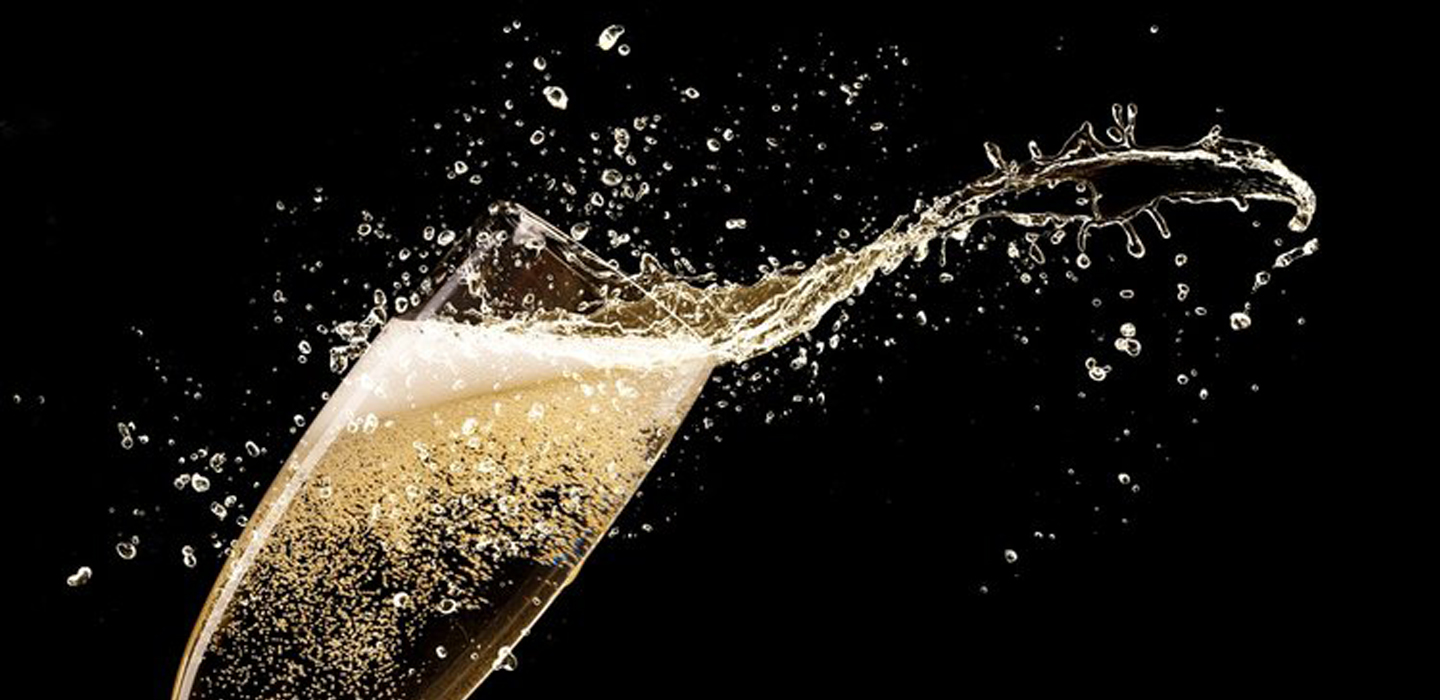Fact: All Champagne is sparkling wine, but not all sparkling wine is Champagne.
As the holiday season approaches, most of us are looking forward to chilling and popping some bubbly. I thought this would be a great time to point out the differences between Champagne and Prosecco.
As wine lovers, we know that Champagne is from France and Prosecco is from Italy (and if you didn’t know, now you do). But there are other interesting dynamics to learn about both wines– especially if you like ‘the bubbly’.
Champagne
Champagne is a region in the northeast of France and is considered to be the birthplace of sparkling wine. Its growers consider Champagne a “wine of place” that cannot be produced anywhere else in the world. It is made using Chardonnay, Pinot Noir and Pinot Meeunier grapes.
Champagne is produced using the traditional method, Méthode Champenoise. The process begins by creating the base wine, which is tart compared to other still wines. Next, the maker adds sugar and yeast. The yeast absorbs the sugar, which releases carbon dioxide that pressurizes into the container to carbonate the wine. When this process is complete, the Champagne is aged using either lees or riddling. Lees are dead yeast cells that remain in the bottle or tank of fermented wine. Wines aged with lees will generally taste richer. Riddling is the process of rotating sparkling wine upside down over time. This collects the dead yeast cells into the bottles necks.
Since Champagne is aged longer on the yeast particles, it will often have a cheese rind-like flavor that in finer examples comes across as toasty or biscuit-y. The wines are aged in bottles under high pressure; therefore bubble finesse is fine, persistent and sharp. Vintage-dated Champagnes often have almond-like flavors along with orange-zest and white cherry…mmmmm.
Prosecco
Prosecco is a sparkling wine made in the Veneto region of Italy, 15 miles (24 km) North of Venice. It is mostly made with Glera grapes, which were formerly referred to as Prosecco grapes.
Prosecco is processed using the more affordable tank method. This process follows many of the same steps as the traditional method (used in Champagne), but this method stores the wine in tanks during the second fermentation. The large tank makes the process quicker and more efficient, making it more affordable to produce and therefore more inexpensive for the consumer to purchase. I can already see your smiles getting bigger…-:)
Prosecco is more fruity and flowery in taste because of the grapes used to create it. Its flavors include green apple, honeydew, honeysuckle, pear and fresh cream. Is anybody else drooling yet? Mmmmm!
Now that you have a clearer picture of these amazing wines, remember to always have a bottle of bubbly in your fridge for special occasions. Sometimes the special occasion is that you have a bottle in the fridge 😉
Cheers to the festive season!!
